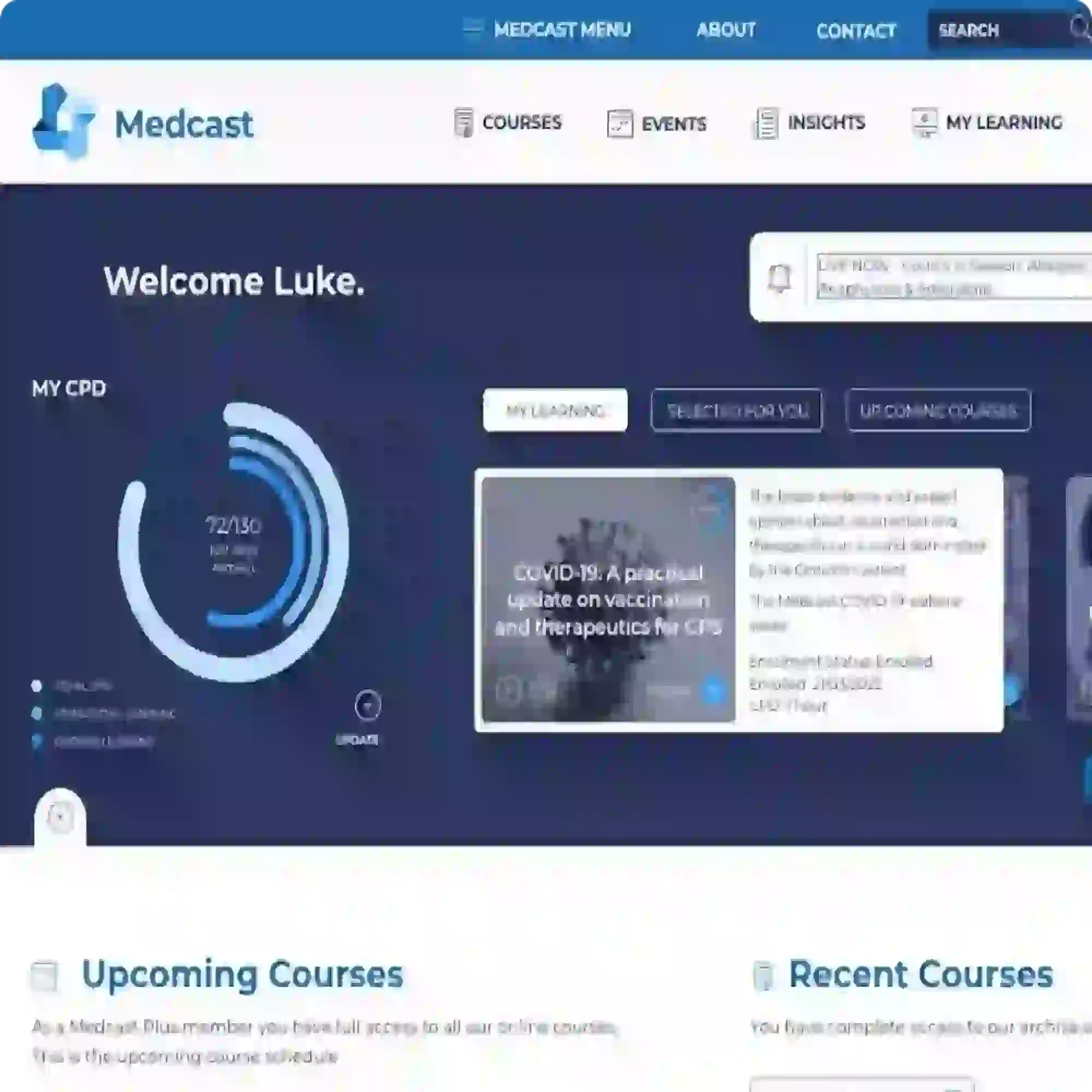Standardising Emergency Numbers: The Push for 2222
Clinicians who work in different hospitals would be aware of the different internal emergency numbers, even within the same city or state. For community emergencies Australia utilises the standardised 000 (or 112 from a mobile phone). However, no such standardised number exists across all hospitals. Each local group of hospitals have their own internal emergency numbers to activate internal response teams such as the code blue/cardiac arrest team. This creates confusion and delays in activating internal responses as the healthcare workforce is required to learn a variety of different numbers depending on the location of their work. It also creates an added challenge for clinicians starting work in new hospitals or working across various sites.
The move to standardise emergency numbers within hospitals, to make them similar to the standardised emergency numbers that are utilised in the community setting, is gaining momentum. The European Board of Anaesthesiology (EBA) has been advocating for a standardised cardiac arrest number since 2015, and has advocated for this number to be 2222 across Europe. This has been successfully implemented in Britain, Scotland, Wales, Ireland, Turkey and Denmark.
Following the success of 2222 in areas of Europe, areas within Australia have begun to implement this 2222 emergency number. All NSW and ACT public hospitals introduced the 2222 number in December 2018 and Ramsay Health Care private hospitals began implementing the 2222 number in 2019.
The Australian Resuscitation Council (ARC), the Australian and New Zealand College of Anaesthetists (ANZCA) and the Federal Minister for Health the Hon Greg Hunt MP are in support of a standardised emergency number. This push towards a standardised internal emergency number will enhance communication during emergencies, when time is of the essence.
If you would like to improve your knowledge and skills in responding to clinical emergencies you may be interested in attending our adult and/or paediatric advanced life support workshops. We have public events in Melbourne, Sydney and Brisbane in 2020. These workshops utilise a problem-solving approach and are based upon the current Australian Resuscitation Council guidelines.
For a full list of events and courses please visit https://medcast.com.au/critical-care.
References:
Emergency Live, 2016, European Standardisation of the in-hospital “Cardiac Arrest Call” Number 2222, available at https://www.emergency-live.com/health-and-safety/european-standardisation-of-the-in-hospital-cardiac-arrest-call-number-2222/
Han, E., 2018, No Triple 0: Hospital doctors have 51 different emergency numbers, Sydney Morning Herald, August 22 2018, available at
NSW Health, 2019, 2222 For In-Hospital Emergency Situations, Information Bulletin: IB2019_009, available at https://www1.health.nsw.gov.au/pds/ActivePDSDocuments/IB2019_009.pdf
PatientSafe Network, 2018, Ramsay Healthcare announce 2222 standardisation, available at https://www.psnetwork.org/ramsay-healthcare-ashen2222/
Whitaker, D., Nolan, J., Castren, M., Abela, C. & Goldik, Z. 2017, Implementing a standard internal telephone number 2222 for cardiac arrest calls in all hospitals in Europe, Resuscitation, 115, p. A14–A15, available at https://www.resuscitationjournal.com/article/S0300-9572(17)30126-0/pdf

Crystal Smith is a Senior Education Consultant for Critical Care Education Services (part of the Medcast Group). She has a clinical background in critical care, paediatrics and education.
Become a member and get unlimited access to 100s of hours of premium education.
Learn moreFollow James, a 7-year-old boy scheduled for a tonsillectomy and adenoidectomy, as we explore how the 4 P’s of child preparation – Prepare, Play, Parent, Praise – can be used in day surgery to reduce procedural anxiety, support family-centred care, and improve the overall patient experience
Caregiver concern is a powerful predictor of clinical deterioration in children, often surpassing abnormal vital signs. A recent Lancet study confirms its association with ICU admission and ventilation. Integrating caregiver input into assessments, documentation, and escalation protocols can significantly improve early recognition and outcomes in paediatric emergency care.
Sepsis is a time-critical medical emergency. The National Sepsis Program urges GPs and primary care clinicians to enhance early recognition and management of sepsis to save lives. This update outlines key actions and available resources to support timely diagnosis and intervention across primary care settings.
